A game plan for electricity
How smart incentives can keep the grid stable - by Jonas Matt
Our world relies on electricity. And we rely on the power grid, an interconnected web of power plants, cables, and electrical equipment, to deliver this electricity to us - whenever and wherever we need it. As the world moves toward cleaner electricity, the complexity of this network grows. Our electricity increasingly comes from smaller and more scattered energy resources like solar panels, wind turbines, or batteries. While this increase in complexity is a challenge, it can also help make the power grid more reliable than ever before, because generally, a network of many, small resources can react more flexibly and does not expose a single point of failure. But with this opportunity also comes a major challenge: how can we make all these resources work together?
In principle, the coordination of all these resources is the responsibility of the grid operator, the central entity entrusted to run the power grid. However, in many cases the grid operators do not own and hence cannot directly control a significant fraction of the scattered resources; think of the solar panel and battery owned by a private individual, for example.
So, rather than forcing these resources to act in a certain way, the grid operator must pay their respective owners to provide the right help at the right time. We refer to such payments as incentives. On the other end, each resource owner will act in their own interest and respond to incentives in a way that benefits them the most. At the same time, the decision of one resource owner influences the outcome of the others because ultimately, they are all connected to the same power grid. In many ways, the resource owners play a game with one another as well as the grid operator; a game in which they compete for profits while adhering to certain rules. And in this game, the grid operator plays a special role: it gets to design the mechanism behind the incentive payments that will shape how all the other players behave.
A question that arises naturally is the following: According to what principles should the grid operator design the incentive mechanism? - in order to achieve two things: reliable grid operation and economic efficiency. If played well, the game should result in a more reliable grid and, at the same time, give all resource owners a chance to be better off than before.
Game theory is the mathematical field that has answers to such questions. It provides the tools to analyze how self-interested decision-makers (like the resource owners) interact, how they will respond to incentives, and how they influence each other’s choices. This way, it helps us predict what kinds of incentives will lead to stable, desirable outcomes for both the grid and its participants.
Using game theory, we can design incentives that align individual resource owners’ goals with the overall needs of the grid. This means finding mechanisms that encourage cooperation rather than just competition, ensuring that self-interested decisions still lead to outcomes that benefit the entire system. If done right, resource owners will naturally contribute to a more stable, efficient, and resilient power grid - without the need for strict top-down control. Ultimately, the future of power grids may depend on how carefully we design the rules of this game. By getting it right, we can build a bright energy future for everyone.
Text by Jonas Matt; illustration: background image by shogun (pixabay), foreground generated with ChatGPT.




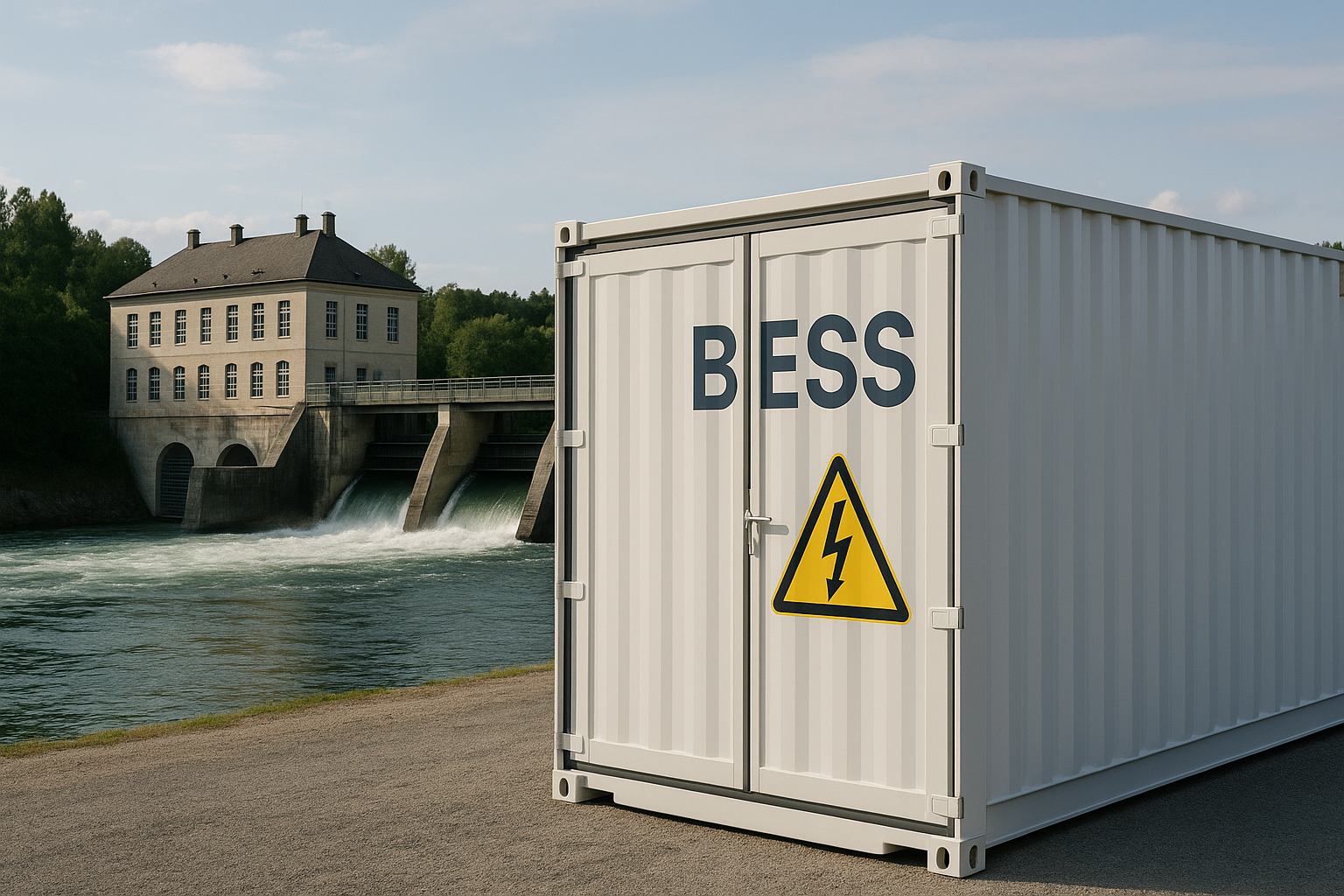
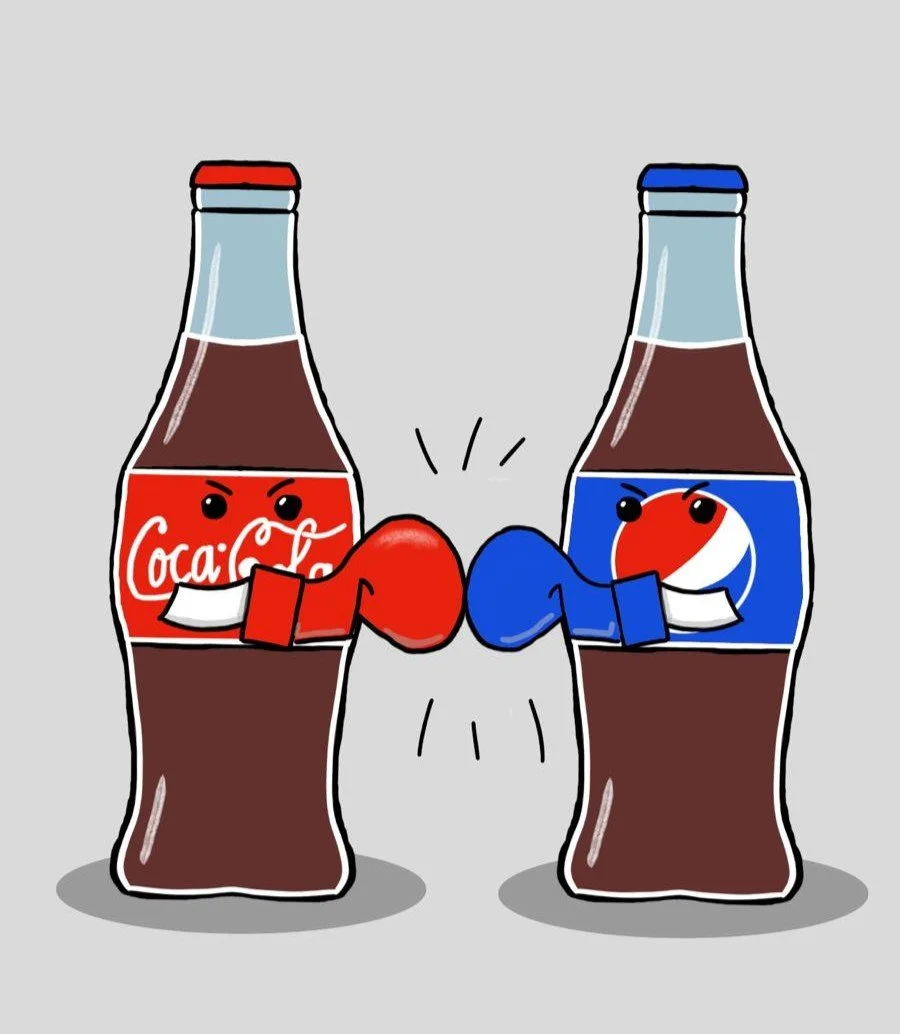
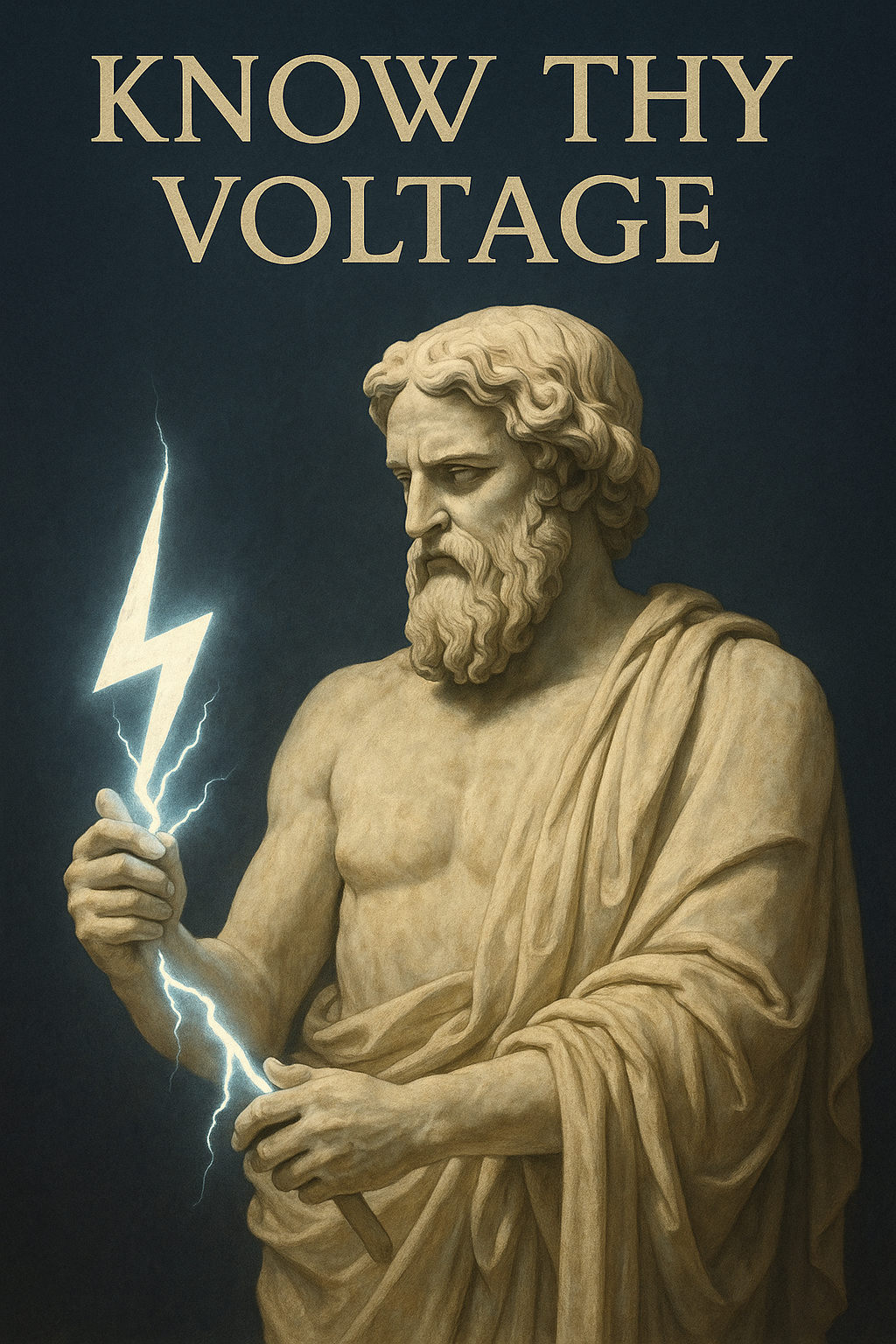






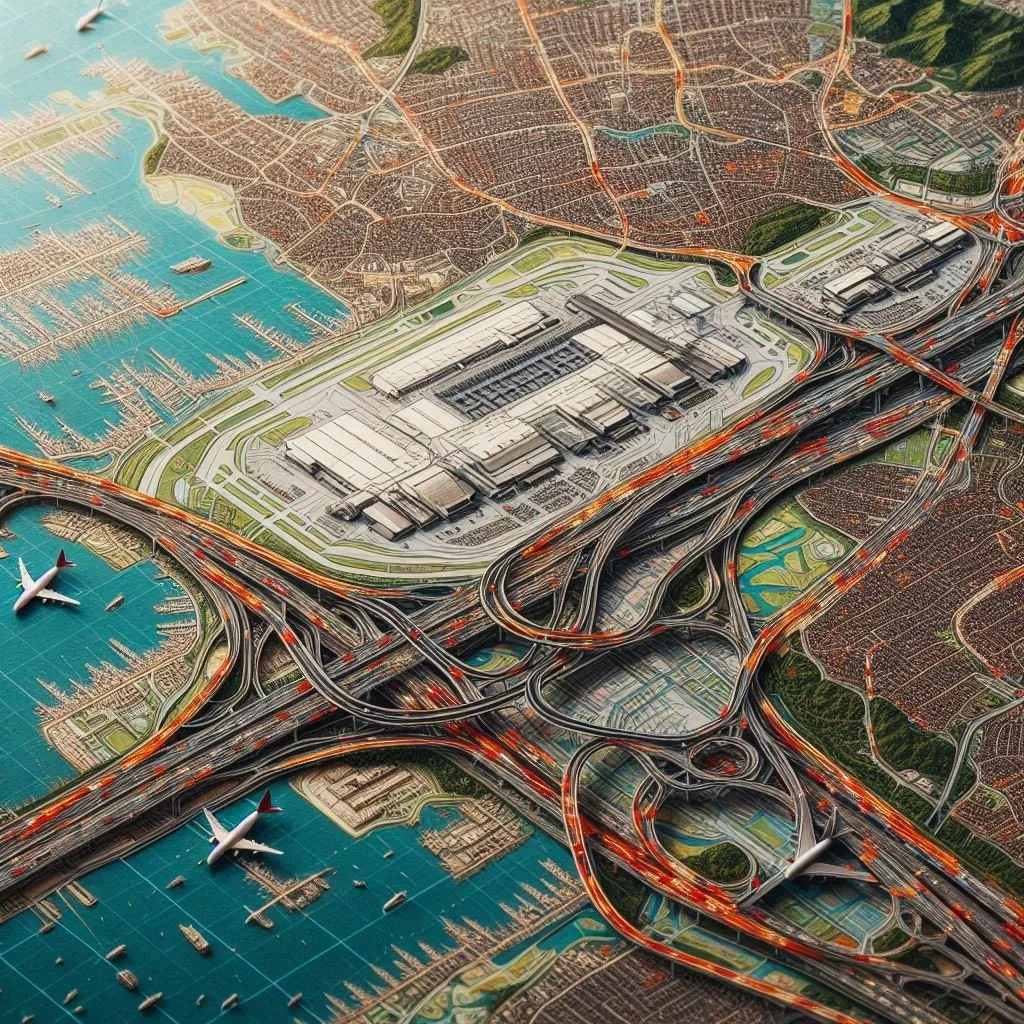






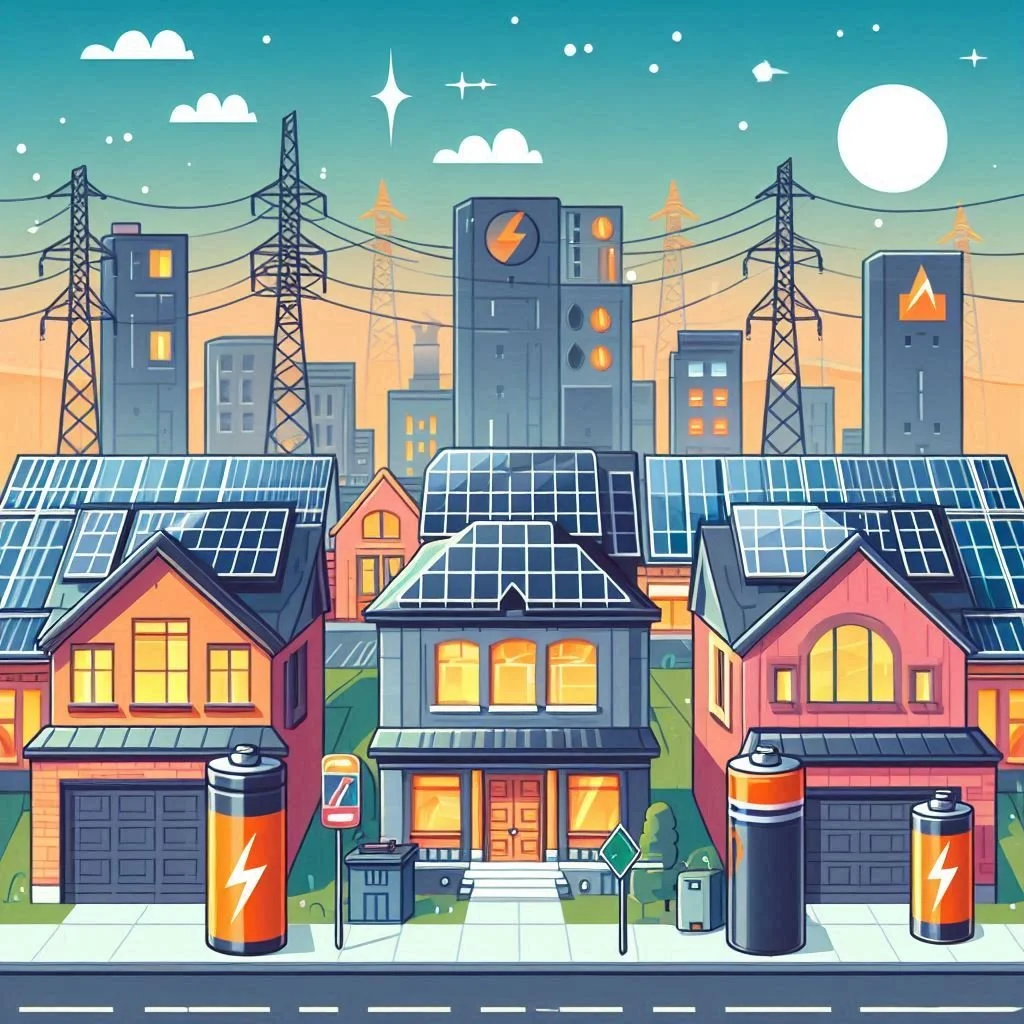





Learning from traffic management to speed up the energy transition - by Fabian Böhm